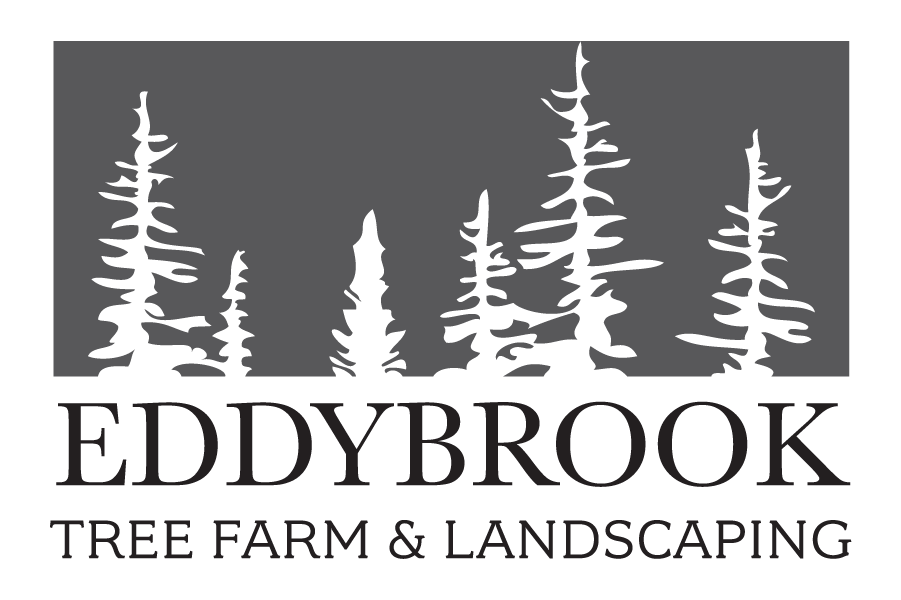As discussed in a previous post - aerating a lawn means supplying the soil with air, usually by poking holes in the ground throughout the lawn using an aerator. It reduces soil compaction and helps control thatch in lawns while helping water and fertilizer move into the root zone. Spring and fall are considered the best times for aeration. Heavy traffic areas will require aeration more frequently.
Aeration is most effective when actual cores or plugs of soil are pulled from the lawn. Holes should be two to three inches deep and no more than two to four inches apart. Lawns should be thoroughly watered the day before aerating so plugs can be pulled more deeply and easily. Mark all sprinkler heads, shallow irrigation lines and cable TV lines before aerating so those lines will not be damaged.
Lawns may be fertilized, seeded and watered immediately after aeration.

